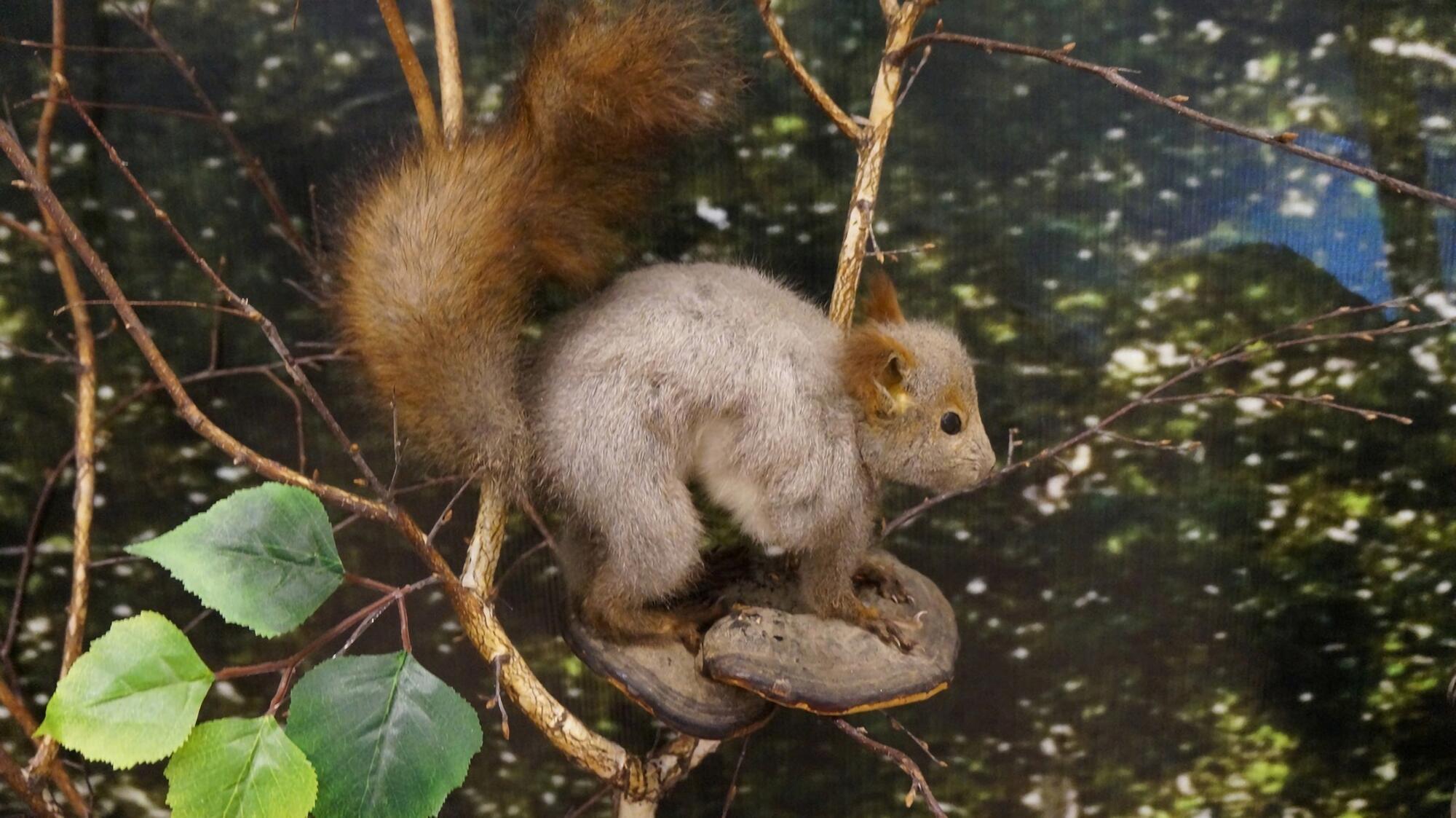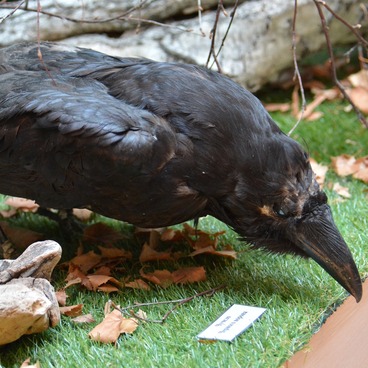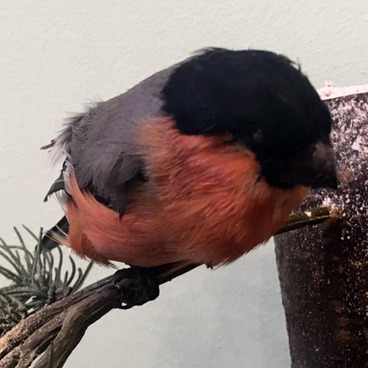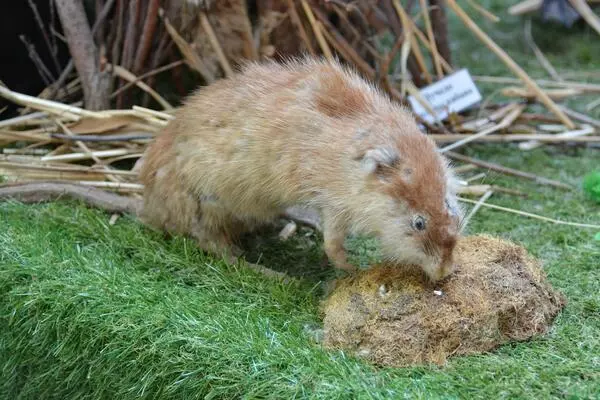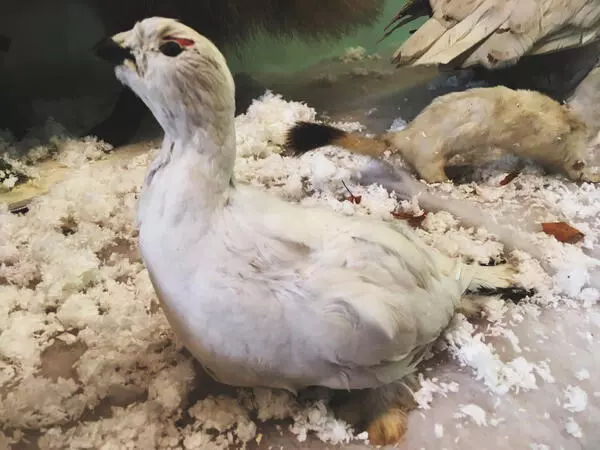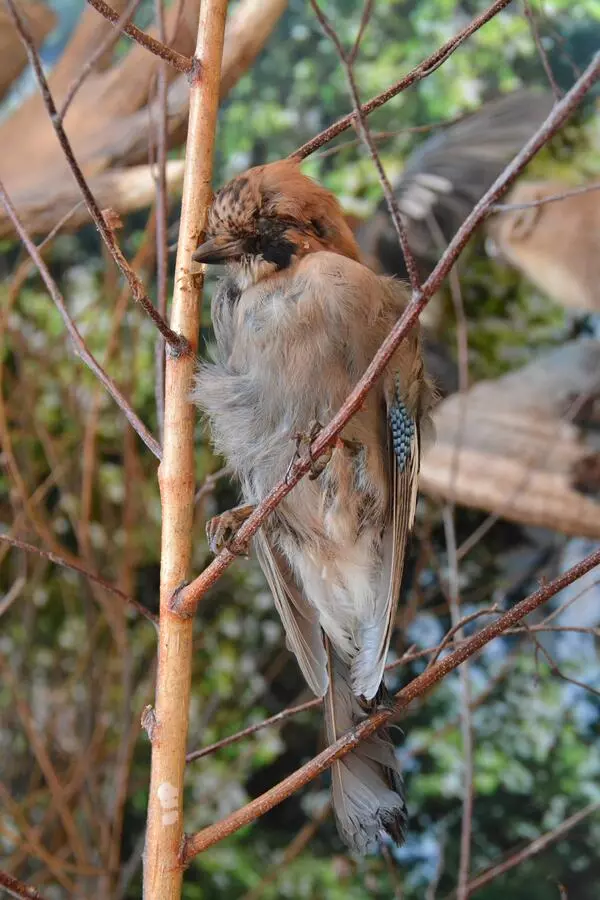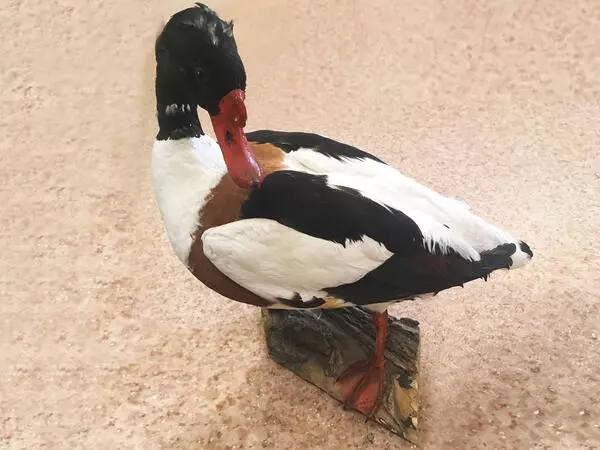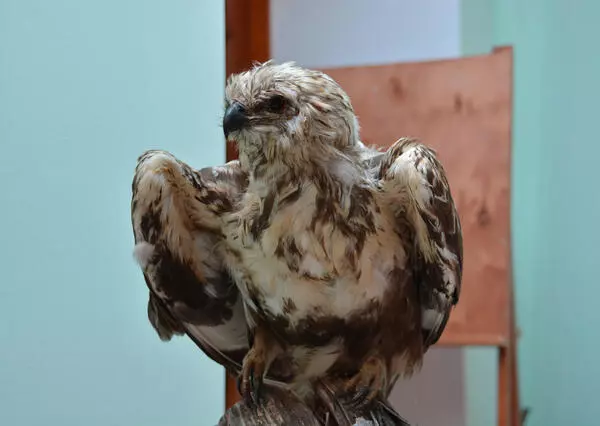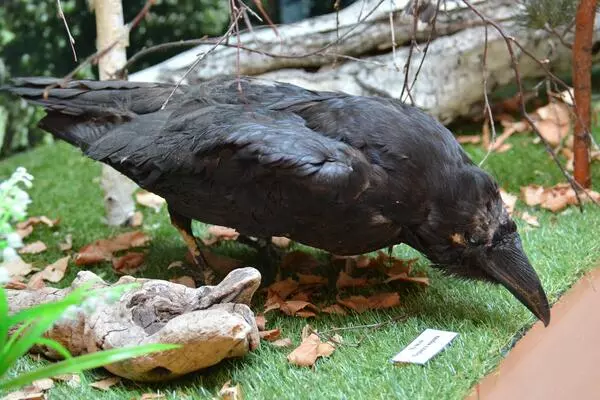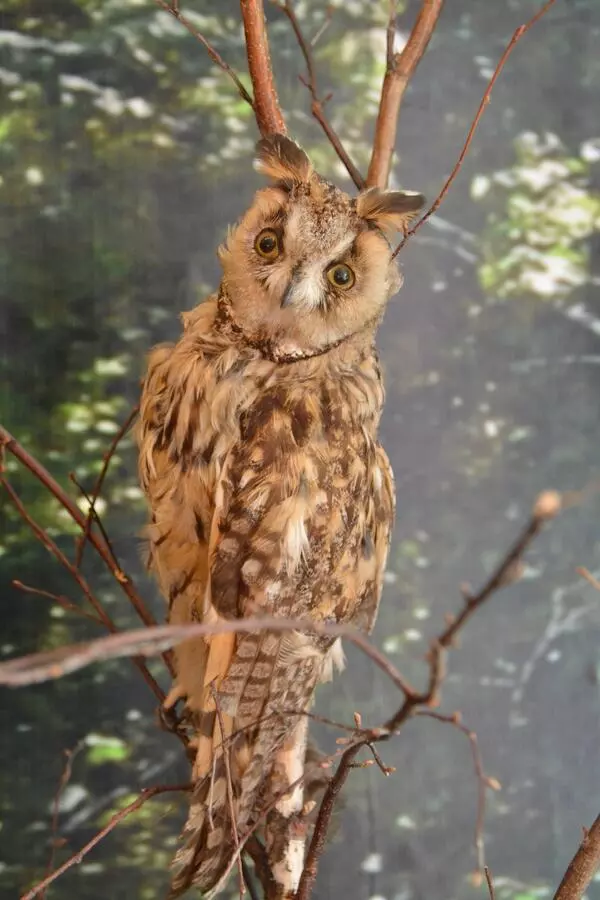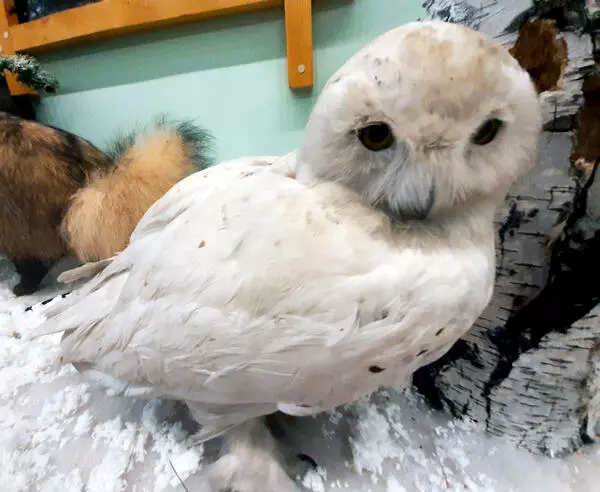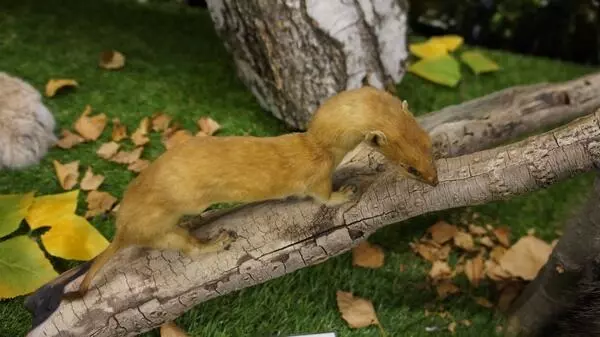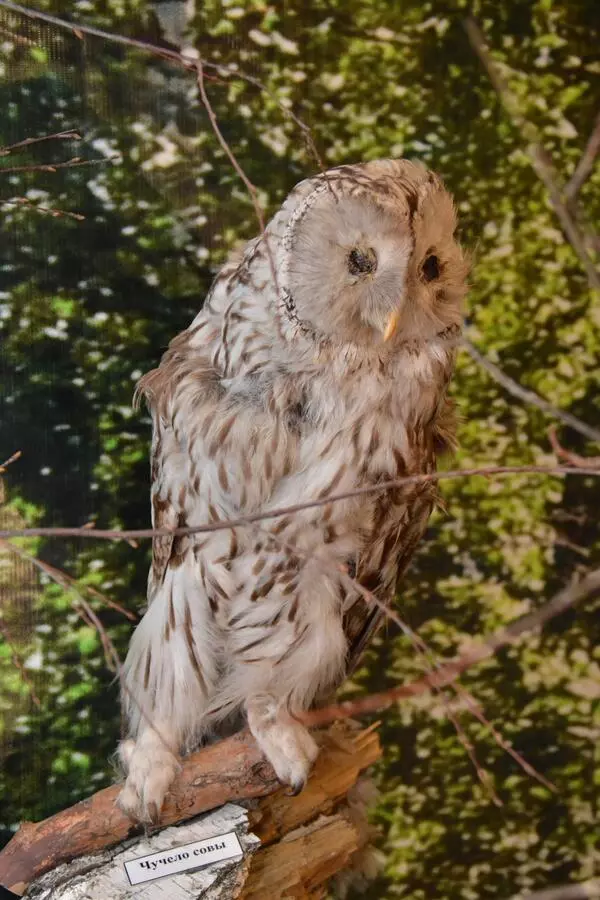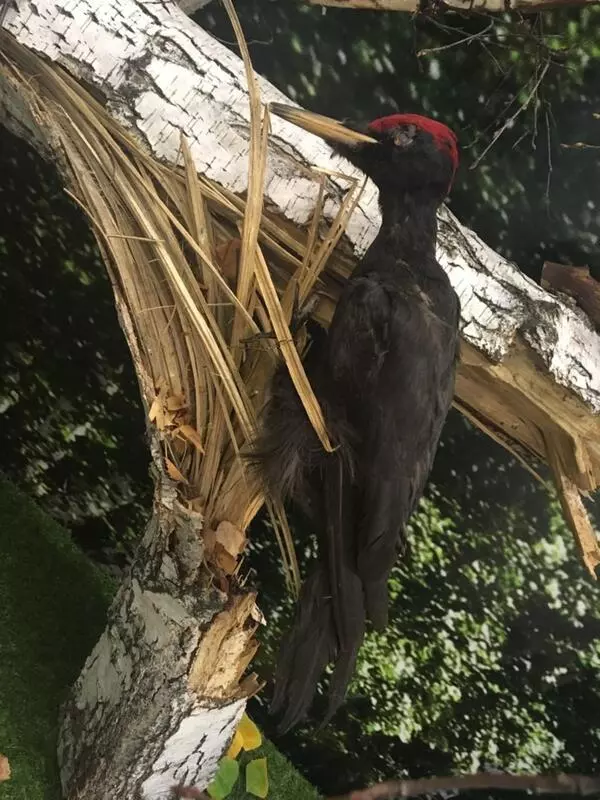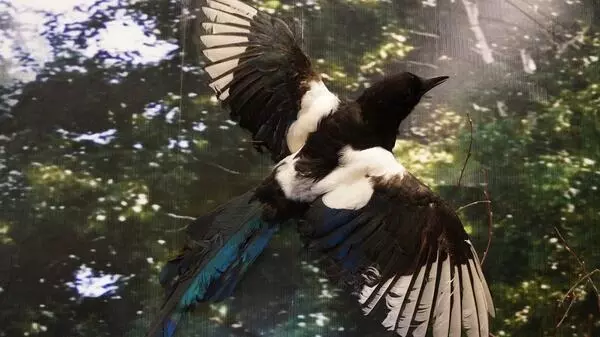The squirrel is a small rodent in the family SciUridae /si’juridi/. The genus numbers roughly 30 species found in Europe, North and South America, and Asia’s temperate climate zone. Squirrel species get smaller from mountain regions to plains, their skull is larger in the north than in the south, and their fur is darker at the limits of their distribution area.
The squirrel has an elongated slim body, a bushy tail, and a round head with large black eyes. Its ears are long and tufted, which is especially visible in winter. The squirrel’s hind legs are much longer than their fore-paws, and its toes have sturdy sharp claws.
The squirrel’s winter fur is long, soft, and fluffy. Its summer fur is coarser, sparser, and shorter. The squirrel’s fur changes color depending on the season, species, and even within a single population. In summer, there are more red, brown, and dark brown shades in its fur, while winter makes it gray or black, sometimes with a brownish tint. The squirrel’s belly is typically light or white. There are melanistic squirrels with a jet black coat, albino squirrels, and leucistic squirrels with fur dotted with white spots. By the winter tail color, these animals are divided into red-tailed, brown-tailed, and black-tailed squirrels. There are gray-tailed squirrels to be found in West Siberia’s steppe pine woods. The squirrel molts biannually, while its tail fur is only replaced once a year. The spring molt starts on the head and proceeds backward, while the fall molt goes in the opposite direction. The molting periods are largely dependent on the quantity of food and on the weather.
One of the most well-known facts about squirrels is that they hoard nuts for winter. Some species bury nuts in the ground, whereas others hide them in tree hollows. This behavior makes squirrels great forest savers because they forget about many of their hoards, and new trees grow from these nuts and seeds.
Squirrels can be tamed to feed them by hand. Since they stash surplus food, squirrels will take as much as they are offered. If you feed a squirrel one day, it will return the next day to get more food. Squirrels inhabiting urban parks and gardens long ago realized that humans can be a source of food. However, feeding squirrels is not advisable because they often spread diseases. If you are lucky, they can simply bite you.
The squirrel has an elongated slim body, a bushy tail, and a round head with large black eyes. Its ears are long and tufted, which is especially visible in winter. The squirrel’s hind legs are much longer than their fore-paws, and its toes have sturdy sharp claws.
The squirrel’s winter fur is long, soft, and fluffy. Its summer fur is coarser, sparser, and shorter. The squirrel’s fur changes color depending on the season, species, and even within a single population. In summer, there are more red, brown, and dark brown shades in its fur, while winter makes it gray or black, sometimes with a brownish tint. The squirrel’s belly is typically light or white. There are melanistic squirrels with a jet black coat, albino squirrels, and leucistic squirrels with fur dotted with white spots. By the winter tail color, these animals are divided into red-tailed, brown-tailed, and black-tailed squirrels. There are gray-tailed squirrels to be found in West Siberia’s steppe pine woods. The squirrel molts biannually, while its tail fur is only replaced once a year. The spring molt starts on the head and proceeds backward, while the fall molt goes in the opposite direction. The molting periods are largely dependent on the quantity of food and on the weather.
One of the most well-known facts about squirrels is that they hoard nuts for winter. Some species bury nuts in the ground, whereas others hide them in tree hollows. This behavior makes squirrels great forest savers because they forget about many of their hoards, and new trees grow from these nuts and seeds.
Squirrels can be tamed to feed them by hand. Since they stash surplus food, squirrels will take as much as they are offered. If you feed a squirrel one day, it will return the next day to get more food. Squirrels inhabiting urban parks and gardens long ago realized that humans can be a source of food. However, feeding squirrels is not advisable because they often spread diseases. If you are lucky, they can simply bite you.
